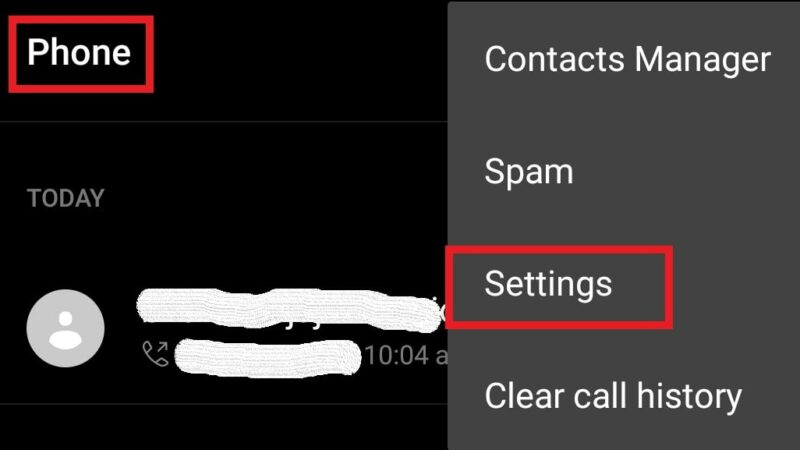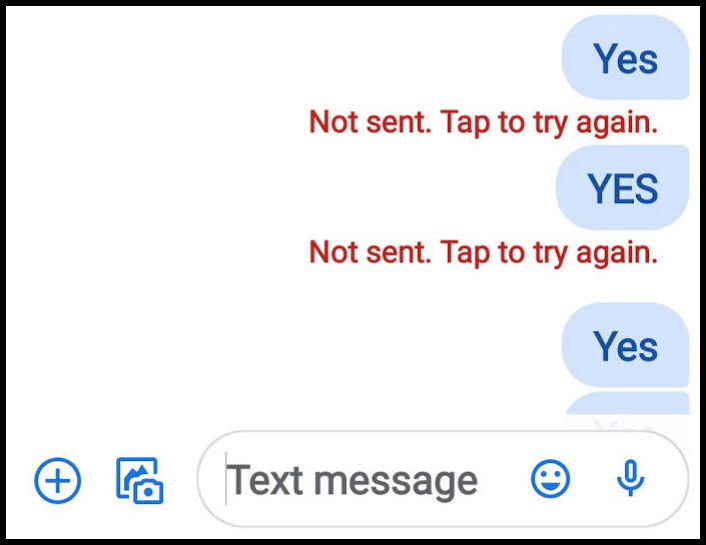Message Not Sent Phone Number Formatted Incorrectly Huawei

Imagine the scene: you're eagerly anticipating a reply from a loved one, or waiting for confirmation on a critical business deal. You glance at your Huawei phone, only to be greeted by the dreaded "Message Not Sent. Phone Number Formatted Incorrectly" notification. A wave of frustration washes over you. You double-check the number, try again, and the message still stubbornly refuses to budge.
This seemingly small error message has become a surprisingly common headache for Huawei users globally. It's more than just a minor inconvenience; it highlights a complex interplay of software nuances, regional differences in phone number formatting, and the broader challenges faced by a tech giant navigating a fragmented global telecommunications landscape.
The root cause often boils down to inconsistencies in how Huawei devices, particularly those running older versions of EMUI (Huawei's Android skin), interpret international phone number formats. Different countries use varying prefixes, separators, and total digit counts. What might seem like a perfectly valid number in one region can be flagged as incorrect by a phone programmed to adhere to a different standard.
Huawei has acknowledged this issue and has been actively working to address it through software updates. These updates aim to improve the phone's ability to automatically detect and adapt to different number formats, reducing the likelihood of the "Message Not Sent" error.
But why is this a persistent problem? Huawei's global reach and the diverse range of networks it supports contribute significantly. The company faces the daunting task of ensuring seamless compatibility across a multitude of systems, each with its unique quirks and requirements.
"We are committed to providing a seamless user experience for all our customers, regardless of their location," a Huawei spokesperson stated, emphasizing their ongoing efforts to refine their software and address formatting inconsistencies.
Furthermore, the issue is sometimes compounded by user error. Accidentally including an extra digit, omitting a necessary prefix, or using incorrect separators can all trigger the error message.
However, the problem extends beyond simple typos. Some users have reported experiencing the issue even when dialing numbers directly from their phone's contacts, suggesting a deeper software-related conflict.
The impact of this seemingly small issue can be significant. For individuals, it can lead to missed opportunities, delayed communication with loved ones, and general frustration. For businesses, it can disrupt workflows, hinder customer service, and even impact sales.
Several online forums and tech communities are filled with discussions on this topic. Users share their troubleshooting tips, often suggesting workarounds like manually adding the international dialing code or switching to a different messaging app. These solutions, while sometimes effective, are not always practical or convenient.
Huawei has provided several solutions to solve this problem. Clear instructions on their website about how to address the issue is one of them. The company's support team encourages users to update their device to the latest EMUI version, double-check their number formatting, and report any persistent issues for further investigation.
Looking ahead, resolving this issue requires a multi-pronged approach. Software updates are crucial, as are clearer communication and educational resources for users. Huawei also needs to continue collaborating with network operators and industry standards organizations to ensure greater compatibility and consistency across global telecommunications systems.
While the "Message Not Sent" error can be frustrating, it also serves as a reminder of the intricate and interconnected nature of modern communication. It highlights the challenges of building technology that works seamlessly across borders and cultures.
Ultimately, the solution lies in continuous improvement, collaboration, and a relentless focus on the user experience. As Huawei continues to refine its software and address formatting inconsistencies, the hope is that this once-common error will become a distant memory, allowing users to connect effortlessly, regardless of where they are in the world.


















